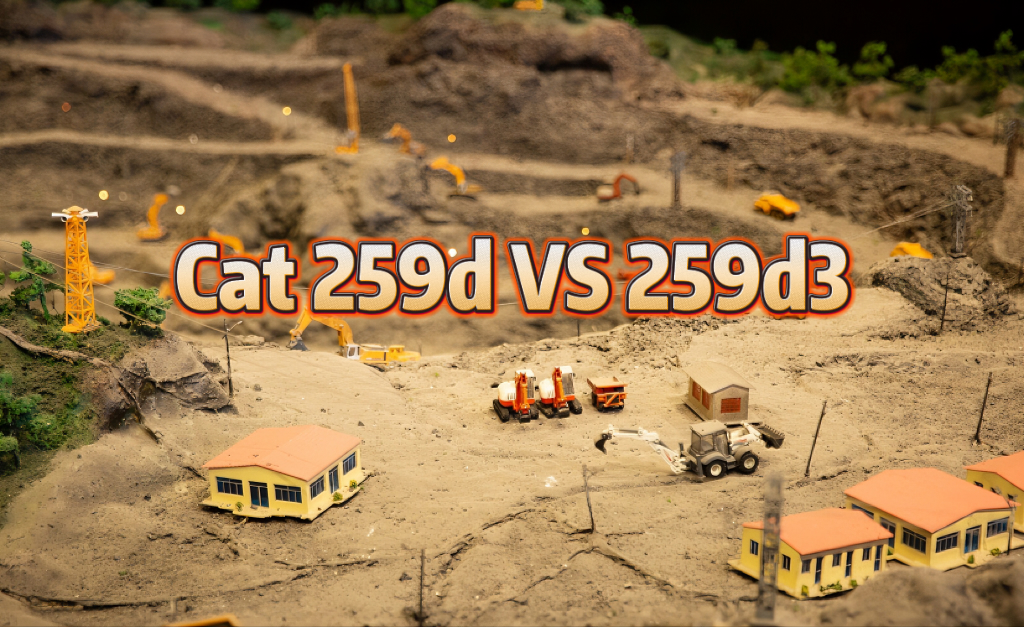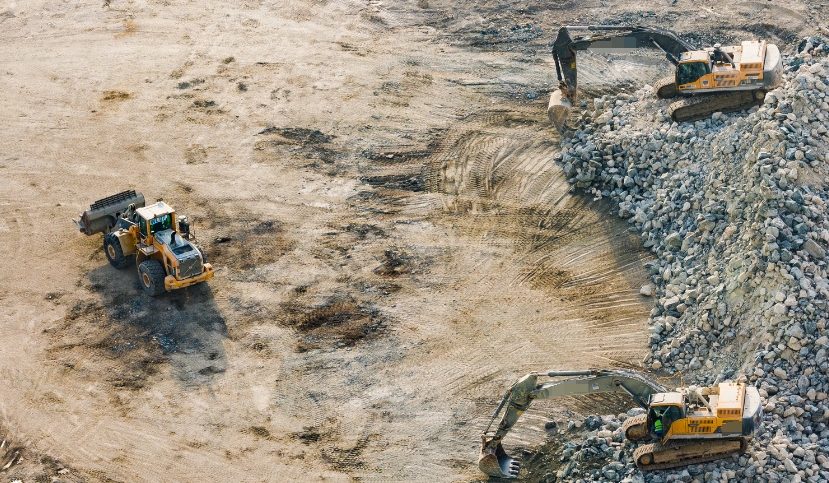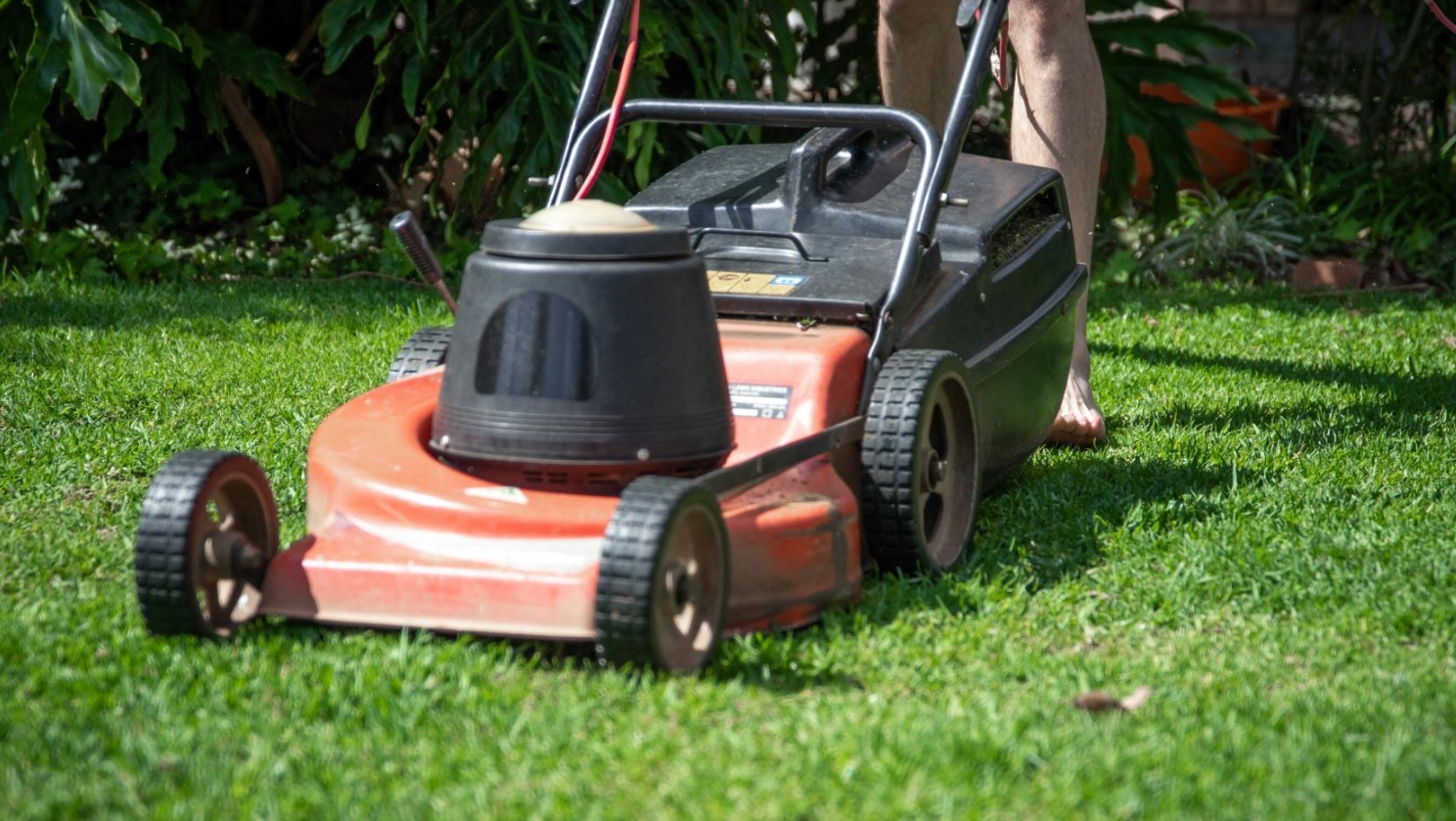An excellent operator should know the type and strength of the geology being drilled at all times, as well as what kind of drill pipe and drilling tools to use, and what drilling method is most effective. The load should be reduced, the wear should be the lowest, and the footage should be the fastest.
Rotary drilling rigs can be divided into four drilling methods according to geological conditions: cutting, crushing, toggling and grinding.
1.Cutting-type
To drill relatively stable formations with low resistance, such as mud layers, silt and sand layers with a general geological strength within 400 kPa, bucket teeth are used for cutting and drilling, and double bottom salvage buckets with friction drill pipes are used to drill through the bucket teeth. By cutting with a rotary tool, drag is reduced and rig speed is increased.
2.Crushing-type
The crushing drilling uses pick drilling, most of which use double-bottomed rock drilling buckets, and can be equipped with friction resistance or machine-locked drill pipe depending on the geological strength, and can drill gravel, mudstone, sandstone, Shale and medium weathering, etc. By transferring pressure from the pick to the alloy point, crushing drilling is achieved.
3.toggling-type
It can be used with double-bottom sand and double-bottom drilling buckets, and can also be used with Bauer teeth. Due to the different types of geology, the drilling method will change accordingly. For crushing, it can be drilled with a toggle type, the drill pipe is hung with the main coil, the pebble is toggled with the tooth tip of the drill bucket, and the pebble is loosened and the drill bucket is floated down. This operation method is to avoid the strength and vibration of the pebble.
4.Grinding-type
Using the rock drill and the tooth shaft drill, with the machine-lock drill pipe to drill into the rock formation calculated by the single-cycle compressive strength, the strength is from several MPa to several tens of MPa, usually the rock end bearing pile, through the barrel drill Circumcision and grinding into the rock, or grinding and drilling through the tooth shaft drill, at the same time, according to the type, strength, brittleness and fissure of the rock formation, the possibility of fragmentation is not excluded.
*This article is excerpted from Bobcat, for readers’ reference only.








Leave A Comment